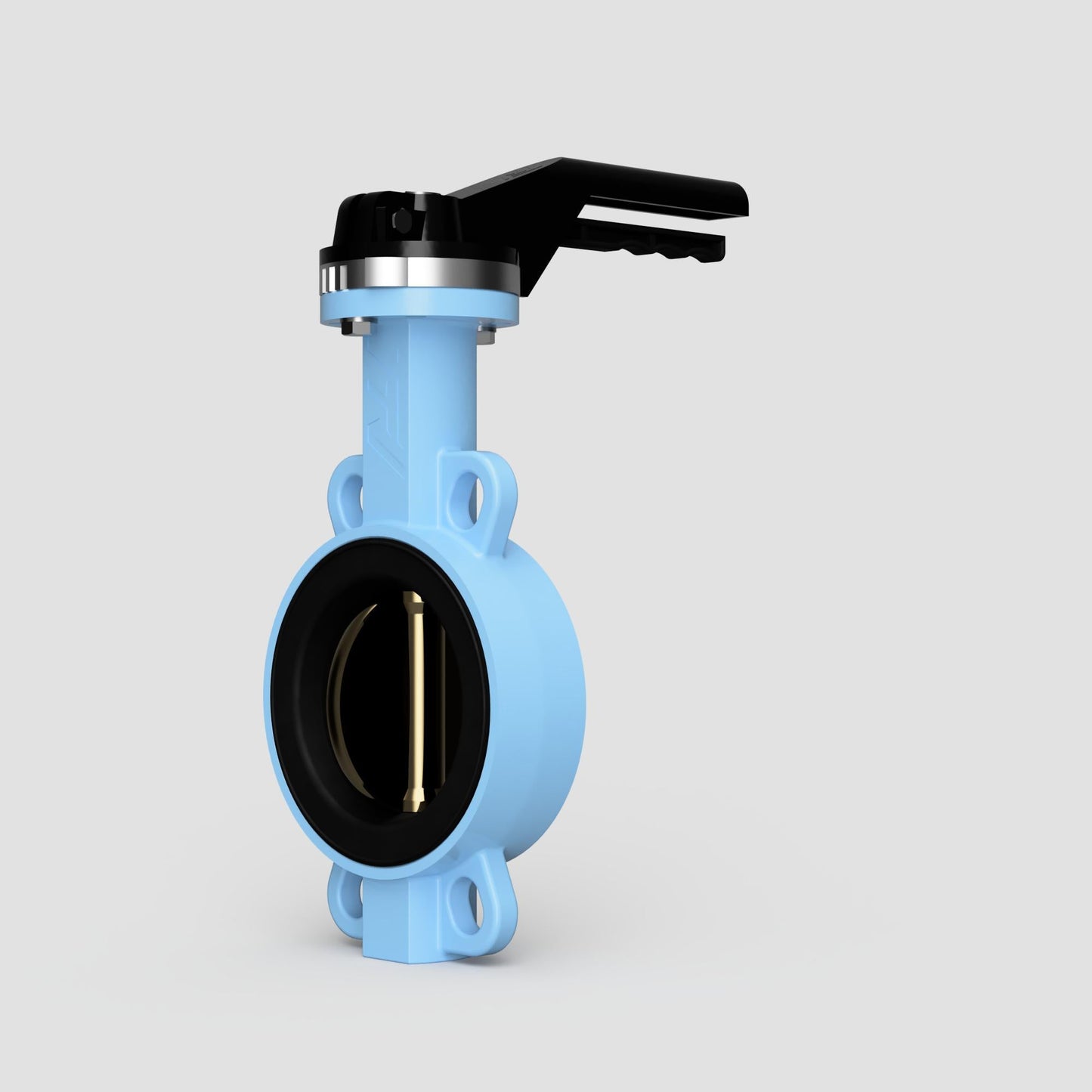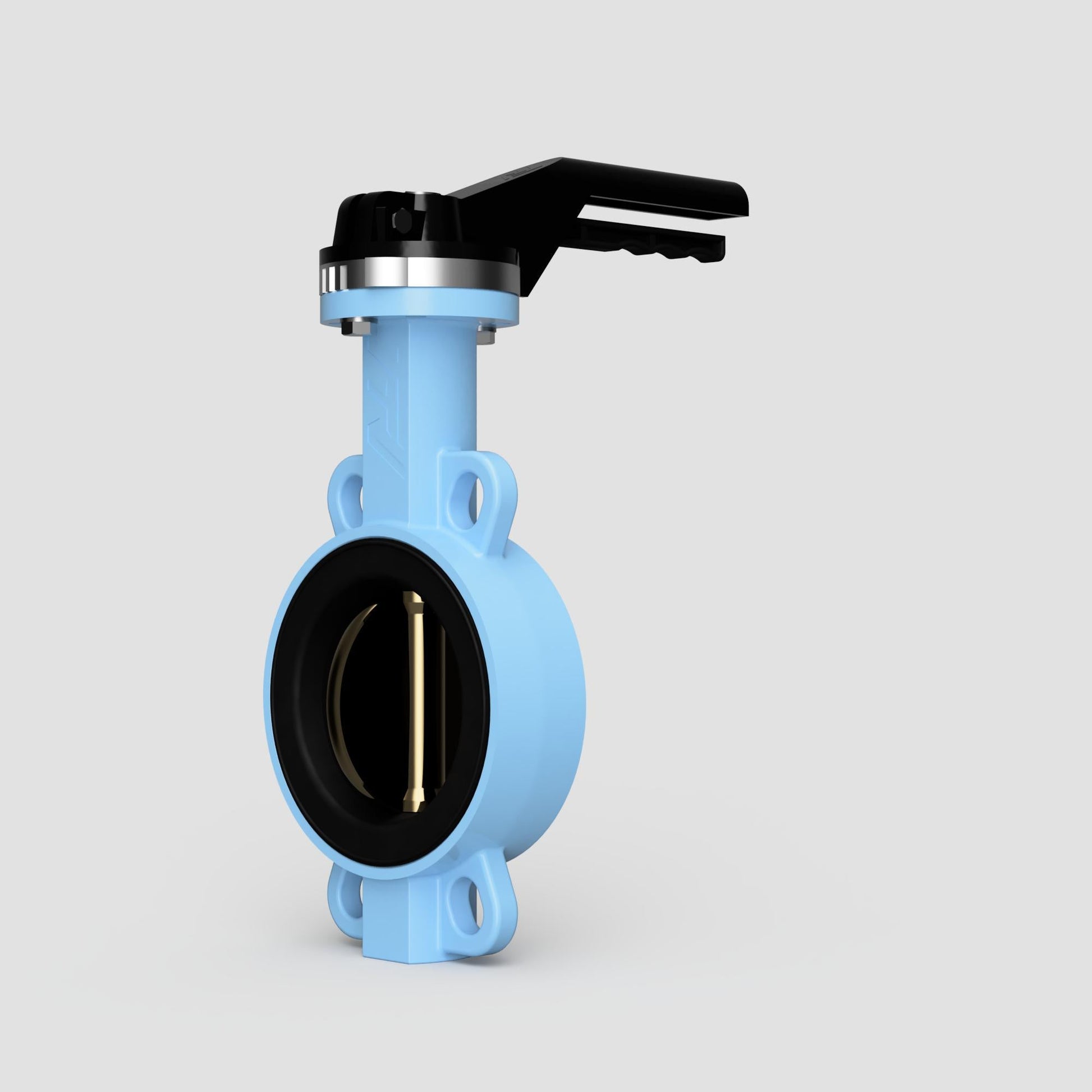Wras Valves
TTV Ductile Iron Wafer Aluminium Bronze Disc TTV Butterfly Valves
TTV Ductile Iron Wafer Aluminium Bronze Disc TTV Butterfly Valves
Couldn't load pickup availability
⚠️ Now Fully WRAS Approved – Valve & EPDM Seat
TTV Ductile Iron Wafer Butterfly Valves with Aluminium Bronze Disc & EPDM Seat
The TTV Ductile Iron Wafer Butterfly Valve with Aluminium Bronze Disc is now fully WRAS approved, including both the EPDM seat and the complete valve assembly. This makes it a certified solution for use in potable water systems, while still offering the strength and corrosion resistance needed for tougher industrial environments.
Featuring a durable ductile iron body and a robust aluminium bronze disc, this valve is built for longevity and reliability in water, HVAC, and general process applications. The wafer pattern allows for quick installation between PN10/16 or ANSI 150 flanges, while the valve’s low torque operation and bubble-tight shut-off ensure smooth and dependable performance.
Key Features:
- WRAS Approved Valve & EPDM Seat – Certified for potable water use
- Ductile Iron Body – Strong and resilient under demanding operating conditions
- Aluminium Bronze Disc – Superior corrosion and wear resistance for tough environments
- Wafer Pattern Design – Compact fit between standard flanges
- ISO 5211 Mounting Pad – Ready for actuator integration
- Low Torque Requirement – Efficient operation with manual or automated control
- Service-Friendly Construction – Replaceable seat and disc for long-term usability
A fully WRAS-approved, high-performance valve that offers the perfect balance of mechanical strength, certified safety, and corrosion resistance for potable water and industrial systems.
Share

FAQ's
What is the difference between a valve and an actuator?
What types of actuators are available?
The main types of actuators are:
Pneumatic actuators – use compressed air for fast, reliable operation.
Electric actuators – use electrical power for precise control.
Hydraulic actuators – use fluid pressure for high-torque applications.
Each type offers unique advantages depending on the environment, media, and system control needs.
How do I choose the right actuator for my valve?
To select the correct actuator, consider:
Valve type and torque requirement
Power source available (air, electric, or hydraulic)
Operating environment (temperature, humidity, hazardous area)
Control signal type (on/off or modulating)
Matching actuator torque and compatibility with the valve’s ISO mounting ensures reliable performance.
What are the main types of valves used in automation?
The most common valves in automated systems include:
Ball valves – for tight shutoff and quick operation.
Butterfly valves – for larger flow control with compact design.
Globe valves – for precise throttling and flow regulation.
Check valves – to prevent backflow.
Gate valves – for full bore flow isolation.
What’s the difference between a double-acting and spring-return actuator?
Double-acting actuators use air (or power) to both open and close the valve.
Spring-return actuators use air to open (or close) the valve, and a built-in spring to automatically return it to a safe position when power or air is lost — ideal for fail-safe operation.
How often should valves and actuators be serviced?
Regular maintenance intervals depend on operating conditions, but a good rule of thumb is to inspect every 6–12 months.
This includes checking for leaks, lubrication, seal wear, and actuator responsiveness to prevent unexpected downtime.

